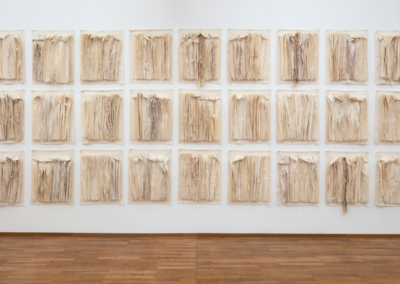
So how come this travel journal “Pihai Jiyou” is known today as the Small Sea Travel Diaries and ended up in an award winning book?
The adventure travelogue of Taiwan 300 years ago
We met Yuan-Pin Yu, one of the artists and designers behind the book “The adventure travelogue of Taiwan 300 years ago”, at the iF world design award night. He told us more about the book and showed us some of his incredible illustrations. Now we want to share this excitement and bring these unbelievable impressions directly to you.
Some background about the book
Yu Yunghe traveled Taiwan during the Kangxi era (1697) and found that the customs and traditions of western Taiwan were worth documenting. Thanks to his notes, we know a lot more about the culture at that time. “The adventure travelogue of Taiwan 300 years ago” makes the perils of his journey come alive and shows the reader how Taiwan might have looked out of Yu Yunghe’s perspective. But instead of rewriting it, the designers inserted little booklets in between the pages with the original script of his Small Sea Travel Diaries like this:




Yuan-Pin Yu’s inspirational illustrations (created with his Wacom Intuos)
Yu Yunghe’s experiences come to live also thanks to Yuan-Pin Yu’s works. Look at the most inspirational illustrations he created out of some text passages. We want to share some of his brilliant creativity with you showing you the image and the respective passages right below. Don’t you feel inspired, too?

This was what led the author to his sulphur mining expedition to Taiwan.
.

Navigating to Taiwan from China was a treacherous voyage and filled with unknown.

The streets of Tainan were bustling, and was referred to as a place “where gods lived”

The ship is wrecked as the company moves north from the west coast.

The author sees the Taipei basin, which at that time was a lake.

This section describes the fear and respect the author has for Taiwan’s forests.


.




